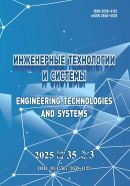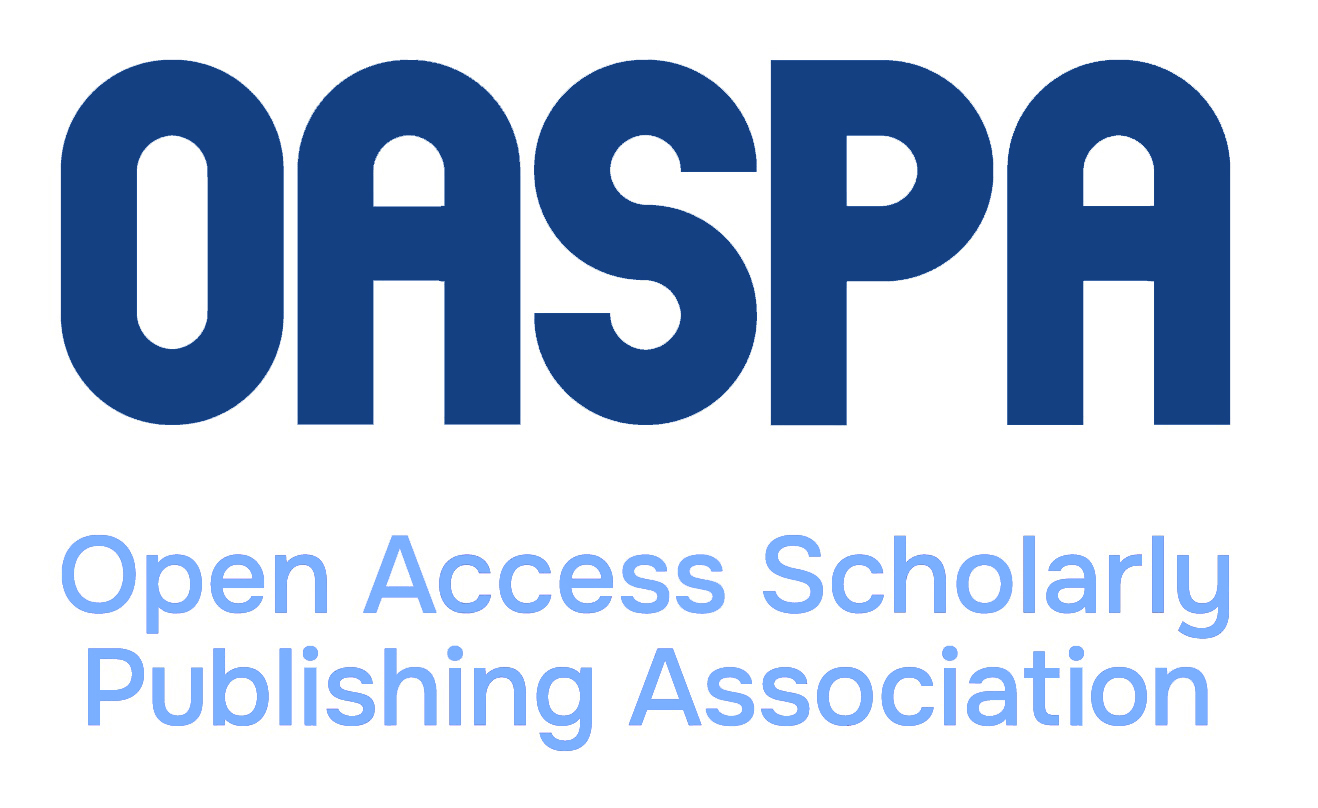UDK 616.132.2-002
doi: 10.15507/0236-2910.026.201601.098-121
THE RESULTS OF URGENT CORONARY ANGIOGRAPHY AND STENTING IN THE ACUTE CORONARY SYNDROME
Vasiliy Davydkin (head of Hospital Surgery chair with training courses of Traumatology and Orthopedics, Ocular Diseases and Dentistry, Medical Institute, Ogarev Mordovia State University (68, Bolshevistskaya St., Saransk, Russia), Ph.D. (Medicine), docent, ORCID: http://orcid.org/0000-0002-4201-9661, This email address is being protected from spambots. You need JavaScript enabled to view it.)
Mikhail Romanov (professor of Hospital Surgery chair with training courses of Traumatology and Orthopedics, Ocular Diseases and Dentistry, Medical Institute, Ogarev Mordovia State University (68, Bolshevistskaya St., Saransk, Russia), Dr.Sci. (Medicine), This email address is being protected from spambots. You need JavaScript enabled to view it.)
Marat Yerzin (head of Endovascular Methods of Diagnostics and Treatment department, Republic Clinical Hospital no. 4 (32 a, Ulyanova St., Saransk, Russia), This email address is being protected from spambots. You need JavaScript enabled to view it.)
Andrey Kovalev (physician of Endovascular Methods of Diagnostics and Treatment department, Republic Clinical Hospital no. 4 (32 a, Ulyanova St., Saransk, Russia), This email address is being protected from spambots. You need JavaScript enabled to view it.)
Valeriy Makhrov (physician of Endovascular Methods of Diagnostics and Treatment department, Republic Clinical Hospital no. 4 (32 a, Ulyanova St., Saransk, Russia), This email address is being protected from spambots. You need JavaScript enabled to view it.)
Yuliana Tarasova (anesthesiologist, Endovascular Diagnostic and Treatment Methods Department, Regional Vascular Center of the Republic of Mordovia (32 a, Ulyanova St., Saransk, Russia), mgu-hospital. This email address is being protected from spambots. You need JavaScript enabled to view it.)
Valeriy Shumkin (head of Functional Diagnostics Department, Republic Clinical Hospital no. 4 (32 a, Ulyanova St., Saransk, Russia), This email address is being protected from spambots. You need JavaScript enabled to view it.)
Marina Tultayeva (physician, Functional Diagnostics Department, Republic Clinical Hospital no. 4 (32 a, Ulyanova St., Saransk, Russia), This email address is being protected from spambots. You need JavaScript enabled to view it.)
Svyatoslav Nazvanov (resident physician of Hospital Surgery chair with training courses of Traumatology and Orthopedics, Ocular Diseases and Dentistry, Medical Institute, Ogarev Mordovia State University (68, Bolshevistskaya St., Saransk, Russia), This email address is being protected from spambots. You need JavaScript enabled to view it.)
Anton Betyayev (intern of Hospital Surgery chair with training courses of Traumatology and Orthopedics, Ocular Diseases and Dentistry, Medical Institute, Ogarev Mordovia State University (68, Bolshevistskaya St., Saransk, Russia), This email address is being protected from spambots. You need JavaScript enabled to view it.)
The acute coronary syndrome is a major cause of hospitalization and high mortality rates. For many there have been ongoing debates years over the treatment method choice and various diagnostic methods. The purpose of the research is to investigate the diagnostic capabilities of emergency coronary angiography and efficacy of transluminal balloon angioplasty with stenting for acute coronary syndrome with lifting and without ST elevation.
Results In patients with ACS with ST-segment elevation myocardial contractility was better after thrombolytic therapy, which is appropriate over the first 2 hours of the onset of anginal pain. However, in the group of the patients with ACS with ST-segment elevation violations of local contractility was more common than in the group of patients with ACS without ST-segment elevation. In both groups of patients with ACS the risk of unfavorable outcome did not depend on the number of affected vessels, but on a variant of the syndrome (elevation or without ST elevation). In patients with ACS with ST-segment elevation was significantly more frequently identified hemodynamically significant stenosis of the arteries. In ACS without ST-segment elevation no statistically significant difference in myocardial contractility and risk of unfavorable outcome on the scale of GRACE in groups with single and biarterial coronary disease not obtained. In the case of significant stenoses diagnosed through emergency coronary angiography, emergency balloon angioplasty with stenting is indicated. When there is technical impossibility of angioplasty (excessive tortuosity, occlusion, stenosis of the left main coronary artery, etc.), it is advisable to perform emergency bypass surgery.
Discussion and Conclusions The analysis of the treatment results it revealed that timely percutaneous transluminal coronary angioplasty with stenting in combination with thrombolytic therapy has contributed significantly to improving not only contractility, but also the results of endovascular interventions and reducing the risk of both in-hospital and 6-month mortality. Therefore, only the integrated approach to the delivery of health care will reduce the incidence of necrosis of the heart muscle and improve the treatment results and the quality of the life of patients with ACS.
Keywords: acute coronary syndrome, angina pectoris, coronary angiography, angioplasty, stenting, myocardial revascularization, thrombolysis
For citation: Davydkin VI, Romanov MD, Yerzin MF, Kovalev AA, Makhrov VV, Tarasova YuN, Shumkin VN, Tultayeva MA, Nazvanov SM, Betyayev AA. The results of urgent coronary angiography and stenting in the acute coronary syndrome // Vestnik Mordovskogo universiteta = Mordovia University Bulletin. 2016; 1(26):98-121. doi: 10.15507/0236-2910.026.201601.098-121

This work is licensed under a Creative Commons Attribution 4.0 License.

















